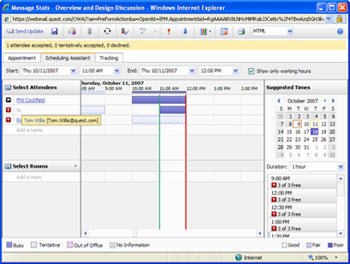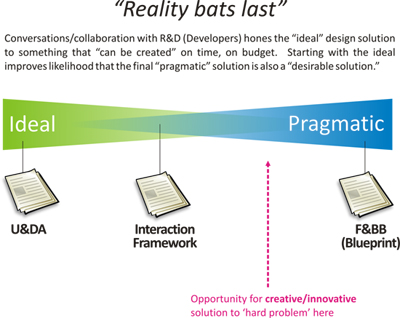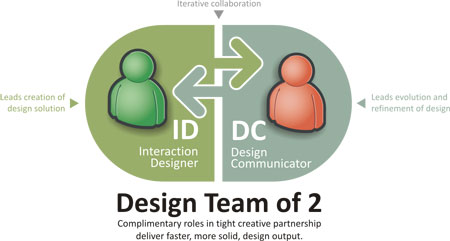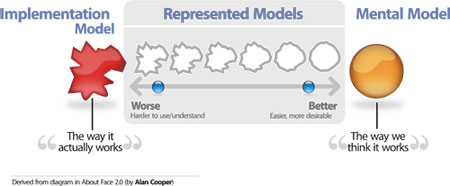The new version of Outlook Web Access is a freak of nature. It’s so good it’s astounding. ASTOUNDING. The skill required to pull this feat off using blunt tools like the HTML DOM, AJAX and JScript is awe inspiring:
This will (I predict) be redone in Silverlight 1.1 when it’s released…and from there some interesting thoughts arise:
- This could eclipse the native Office experience. It easily could.
- And if so, this would beg the question: why doesn’t the entire Office suite get redone in Silverlight?
I think it’s inevitable that a rich Office experience is delivered in Silverlight…one day. But seeing Outlook Web Access, and the obvious development path they’ll take towards Silverlight, this could accelerate pace towards that day when we’re really using Office in a browser (and actually liking it).
This radical departure from a client install might also offer Microsoft the perfect excuse for why, when rewriting Office from the ground up, it’s feature set is cut-back. People would wear that because it’s a “new” product…not an “downgrade” wearing “upgrade” clothes. Who knows, we might even get some collaboration tools in there that aren’t embarrassingly hacked on afterthoughts atop that smoldering pile of old code.




